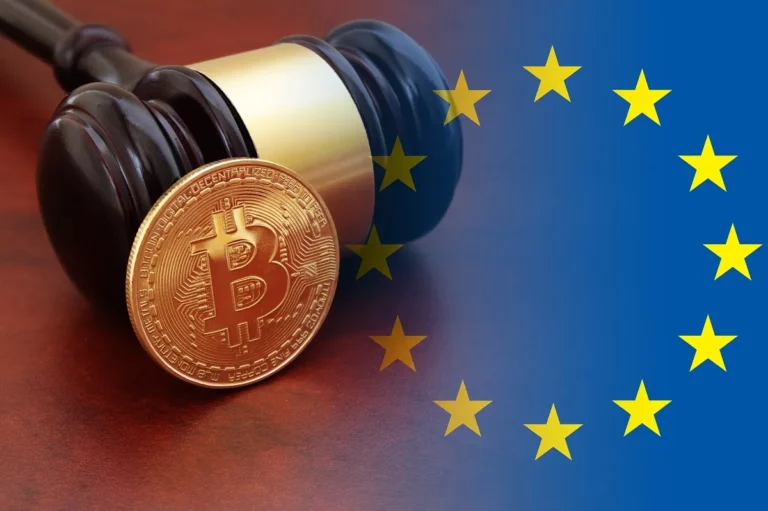
The European Banking Authority (EBA) has recently made a significant announcement regarding the regulation of stablecoins in the European Union (EU). In its statement, the EBA emphasized the need for issuers of stablecoins to take urgent steps to ensure compliance with the new EU crypto regulations, which are set to come into effect one year from now.

Understanding Stablecoins and their Importance
Stablecoins, as the name suggests, are cryptocurrencies designed to maintain a stable value. Unlike other cryptocurrencies such as Bitcoin or Ethereum, stablecoins are typically pegged to a reserve asset or a basket of assets. This stability makes them an attractive option for individuals and businesses seeking a digital currency that can provide a reliable store of value and facilitate efficient transactions.
The European Banking Authority’s Concerns
With the increasing popularity and adoption of stablecoins, the EBA has expressed concerns over potential risks and challenges associated with these digital assets. The authority believes that issuers of stablecoins need to be vigilant in complying with the new EU crypto regulations to mitigate these risks effectively.
The Impact of EU Crypto Regulations on Stablecoin Issuers
The new EU crypto regulations aim to create a comprehensive framework for the regulation and supervision of cryptocurrencies within the European Union. The EBA, in collaboration with other regulatory bodies, has been working diligently to draft these regulations, taking into account the unique characteristics and challenges posed by stablecoins.
Once these regulations come into effect, stablecoin issuers will be required to meet specific compliance requirements, including obtaining necessary licenses, implementing robust risk management frameworks, and adhering to strict anti-money laundering (AML) and counter-terrorism financing (CTF) measures. Failure to comply with these regulations could result in significant penalties and reputational damage for the issuers.
Urgent Steps for Stablecoin Issuers
In light of the upcoming regulatory changes, the EBA is urging issuers of stablecoins to take immediate action to ensure compliance. The authority recommends the following key steps for stablecoin issuers:
- Thorough Compliance Assessment: Stablecoin issuers should conduct a comprehensive assessment of their current operations and identify any areas of non-compliance with the upcoming regulations. This assessment should cover licensing requirements, risk management practices, and AML/CTF procedures.
- Engagement with Regulatory Authorities: Issuers should actively engage with the relevant regulatory authorities to seek guidance and clarification regarding the new regulations. This proactive approach will help them align their operations with the regulatory expectations and minimize compliance risks.
- Implementation of Robust Risk Management Frameworks: Stablecoin issuers should enhance their risk management frameworks to effectively identify, monitor, and mitigate potential risks associated with their operations. This includes implementing robust internal controls, conducting regular audits, and establishing mechanisms to address cybersecurity threats.
- Integration of AML/CTF Measures: Issuers must ensure the integration of effective AML/CTF measures into their operations. This involves performing thorough due diligence on customers, implementing transaction monitoring systems, and reporting suspicious activities to the relevant authorities.
- Collaboration with Financial Institutions: Stablecoin issuers should establish strong partnerships with regulated financial institutions to facilitate compliance with the new regulations. These partnerships can provide issuers with access to expertise, infrastructure, and services that are essential for regulatory compliance.
The Importance of Compliance
Complying with the new EU crypto regulations is not only a legal obligation but also essential for the long-term success and sustainability of stablecoins. By adhering to these regulations, issuers can build trust among users, investors, and regulators, which is crucial for the widespread adoption of stablecoins in the EU.
Furthermore, compliance with the regulations will help protect the stability of the financial system, prevent money laundering and terrorist financing, and safeguard the interests of consumers. It will also contribute to maintaining a level playing field for all participants in the crypto market, ensuring fair competition and fostering innovation.
Conclusion
The European Banking Authority is sending a clear message to issuers of stablecoins: compliance with the new EU crypto regulations is of utmost importance. As the regulatory landscape continues to evolve, it is essential for stablecoin issuers to understand and adapt to these changes to ensure their continued success in the dynamic world of cryptocurrencies. By taking urgent steps to comply with the upcoming regulations, stablecoin issuers can not only protect themselves from potential penalties but also contribute to the growth and development of a safe and well-regulated crypto ecosystem within the European Union.